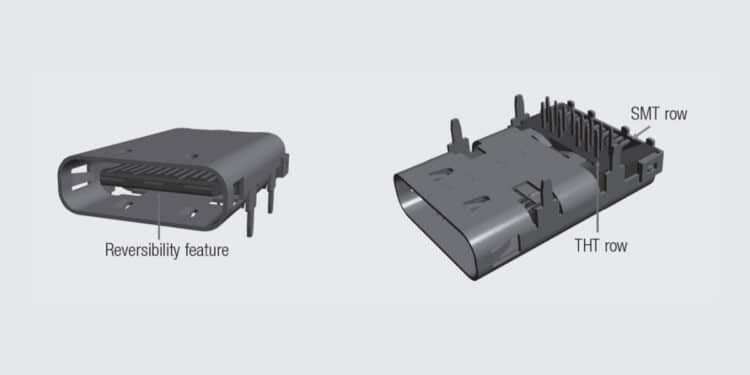Today, modular jack connectors and Ethernet protocols can be found in most consumer and industrial applications, among others. There are so many options that it becomes difficult to choose the right one.
This section aims to give a brief overview of the Modular Jack connectors technology and Ethernet protocols in order to get a better understanding of potential applications, and to help design engineers to choose the right connector for their application.
Ethernet History
Ethernet comes from the word Ether, a hypothetical medium to propagate electromagnetic waves according to scientific concepts of the 18th and 19th centuries. This protocol was first used at the University of Hawaii in the early 1970s in order to facilitate the communication between the various campuses on the island. It was based on a radio protocol Aloha (Hello).
At that time, manufacturers had all developed their own communication protocols (SNA for IBM, DECnet for DEC, DSA for Bull, etc.). It rapidly became clear that it would be impossible to interconnect these systems without creating an international standard.
In 1977, the International Standards Organization (ISO) created a complete set of recommendations regarding compatibility requirements; the aim was to enable the connection between open systems, i.e. systems using the same protocols, in order to exchange data.
The initial results obtained with Ethernet in 1980 drove XEROX, Intel and Digital to join their forces to develop this network and to put an end to all private protocols.
In 1984, ISO published an update of their recommendations under the name:
Reference OSI (Open Systems Interconnection). Detailed information about the OSI Model you will find in our design guide Trilogy of Magnetics. This update has become an international standard and serves as a guide. In 1985, the IEEE finalized the standard 802.3 regarding Ethernet.
The adventure could begin …






